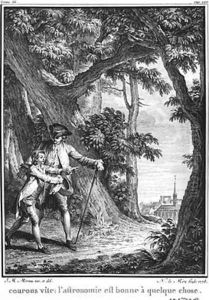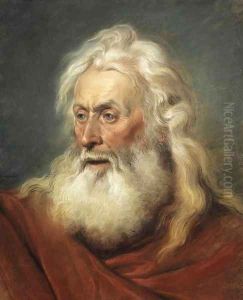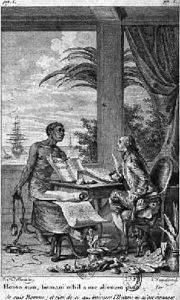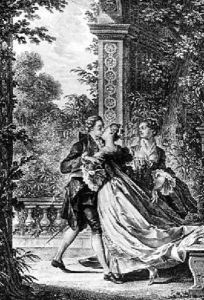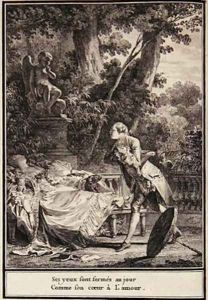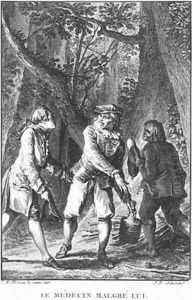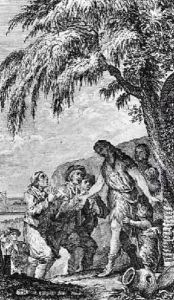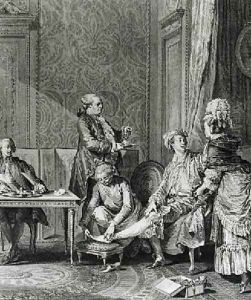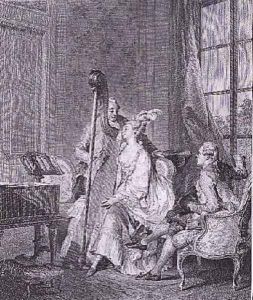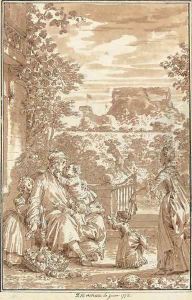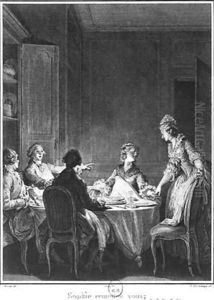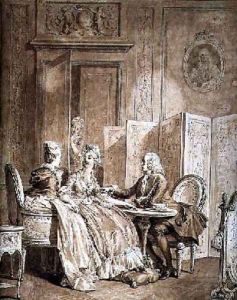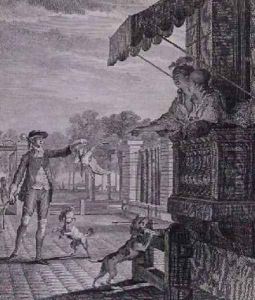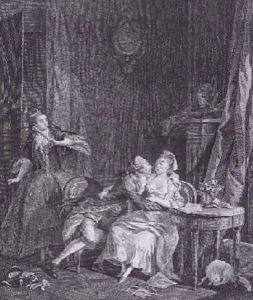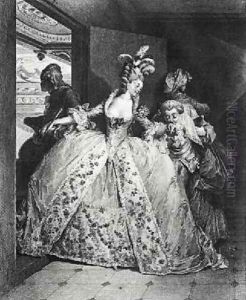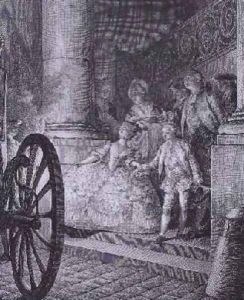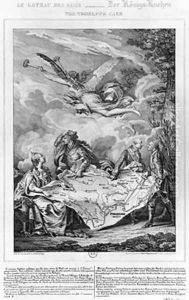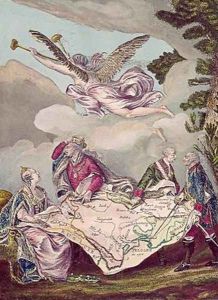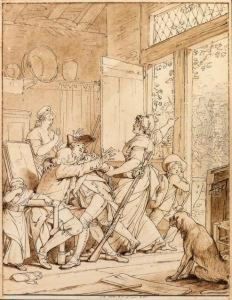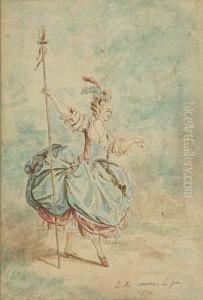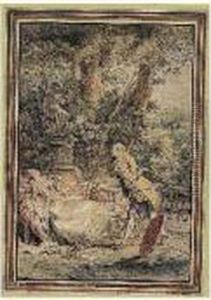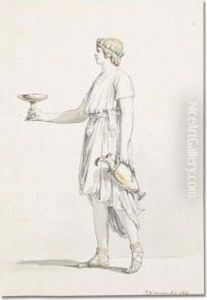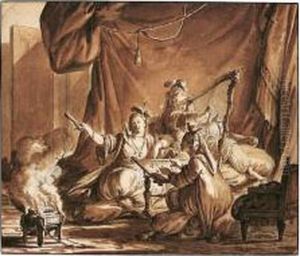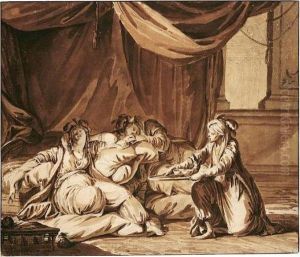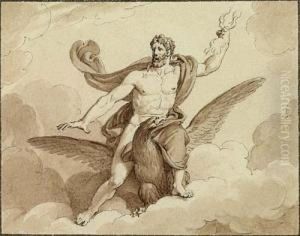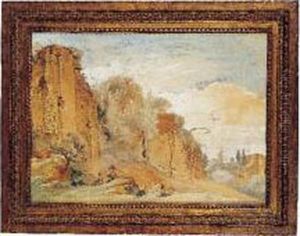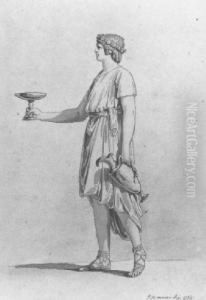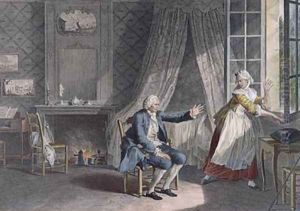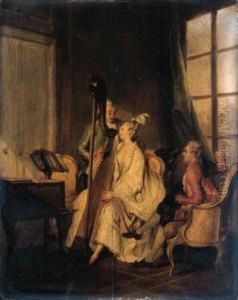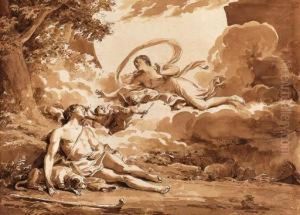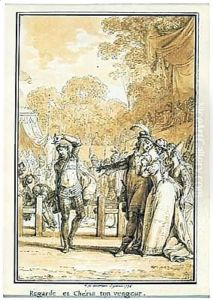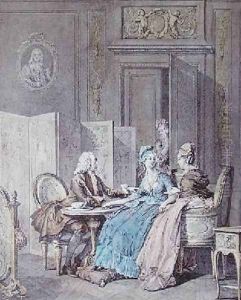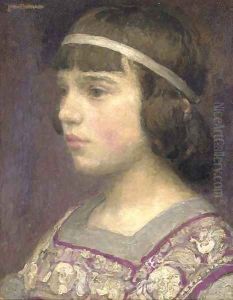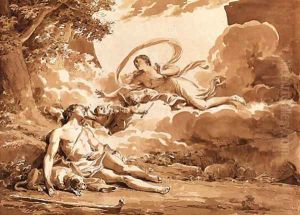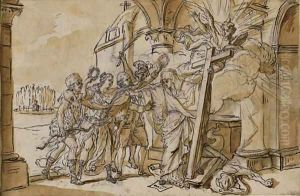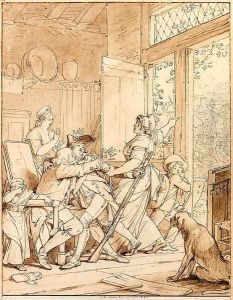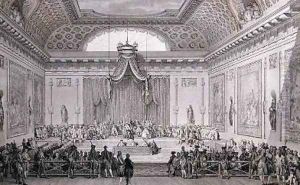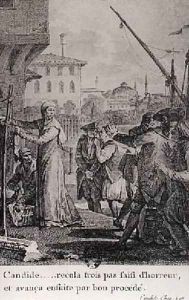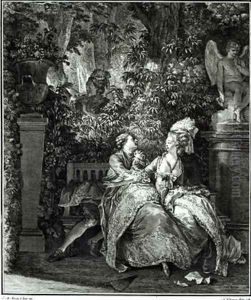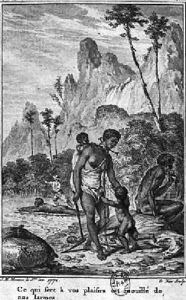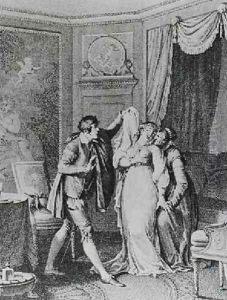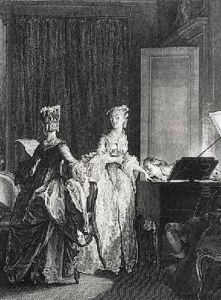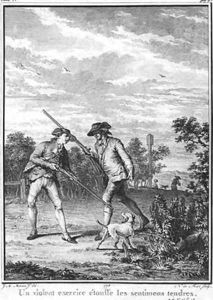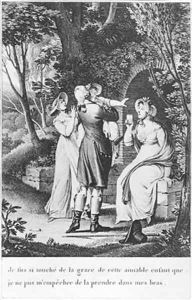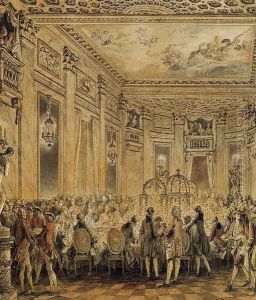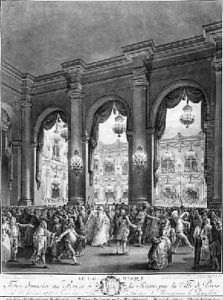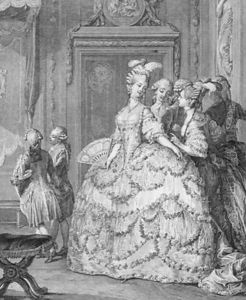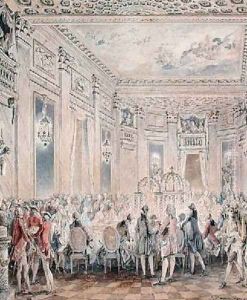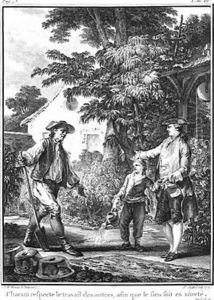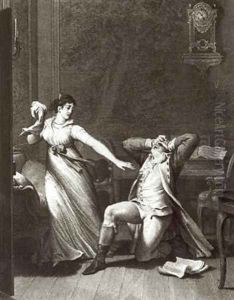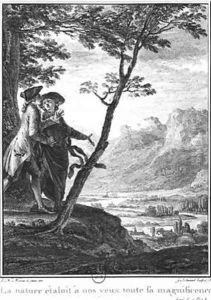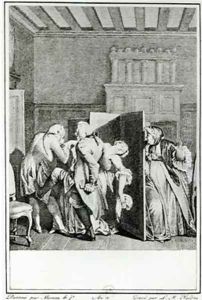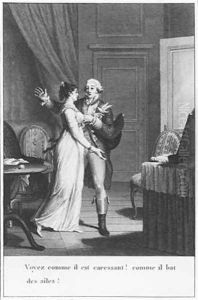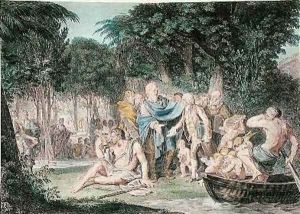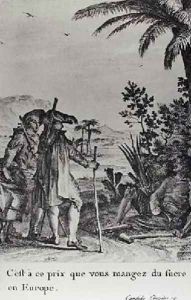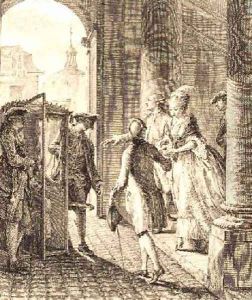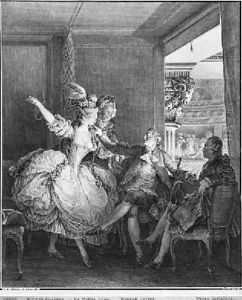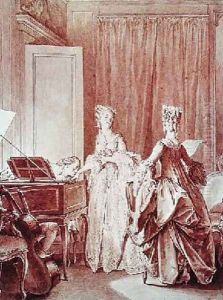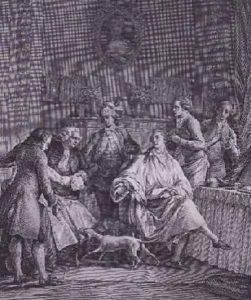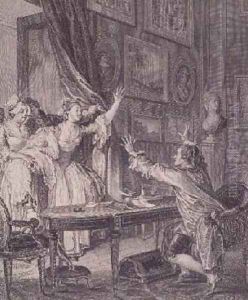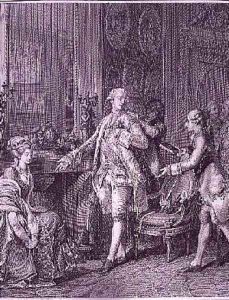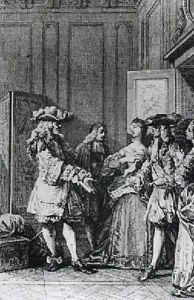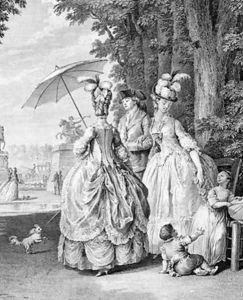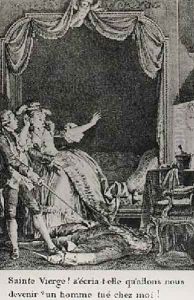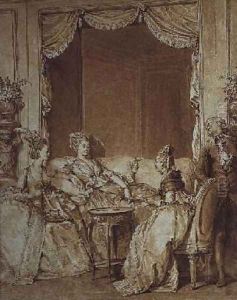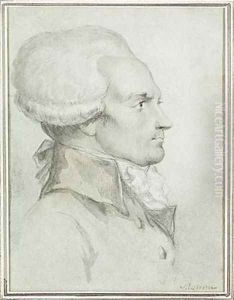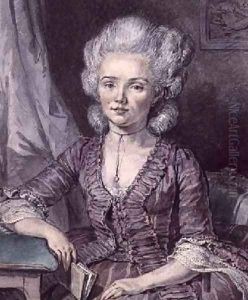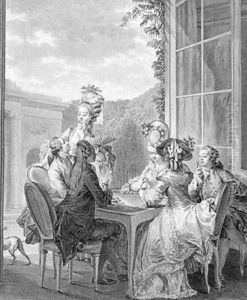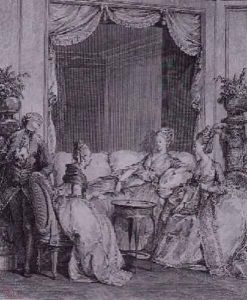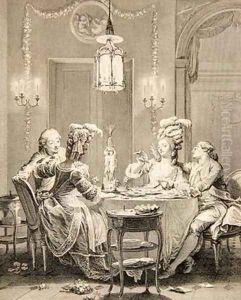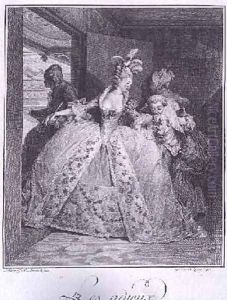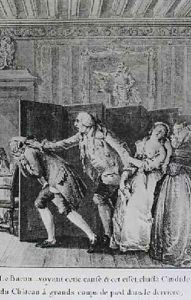Jean-Michel Moreau Paintings
Jean-Michel Moreau, also known as Moreau le Jeune ('the younger') to distinguish him from his older brother, the painter Louis-Gabriel Moreau, was a French illustrator and engraver born on March 26, 1741, in Paris, France. He was one of the most important artists of the French Neoclassical era, known for his detailed and elegant illustrations that captured the spirit of his time, especially during the reign of Louis XVI.
Moreau le Jeune received his early artistic training under the tutelage of his father, a draughtsman and engraver. He later apprenticed with the prominent French engraver, Jean-Baptiste Le Prince, which helped him refine his skill in the medium. In 1765, he won the coveted Prix de Rome for engraving, but he did not continue to Italy; instead, he chose to stay in Paris and develop his career.
His early work included designs for books and illustrations for literary works, which quickly gained him recognition in the French art world. One of his notable contributions was the illustration of the seminal work 'Monument du costume physique et moral de la fin du dix-huitième siècle' in 1777, which depicted the costume and social customs of the late 18th century.
Moreau le Jeune's work was characterized by its fine linearity and attention to detail, which was influenced by the art of antiquity and the burgeoning Neoclassical style. His illustrations often featured scenes of contemporary life, historical events, and mythological subjects, executed with elegance and clarity. He was appointed as a designer and engraver to the king and later to the comte de Provence, the future Louis XVIII, which solidified his status as a court artist.
During the French Revolution, Moreau's career faced challenges due to his association with the royal court, but he managed to navigate the turbulent period by adapting his work to the changing political landscape. After the Revolution, he continued to create works that were well received, including a series of engravings that celebrated the victories of Napoleon.
Jean-Michel Moreau le Jeune passed away on November 30, 1814, in Paris. His legacy lives on through his vast body of work, which provides a valuable visual record of French society and fashion during a period of significant historical and cultural change.
